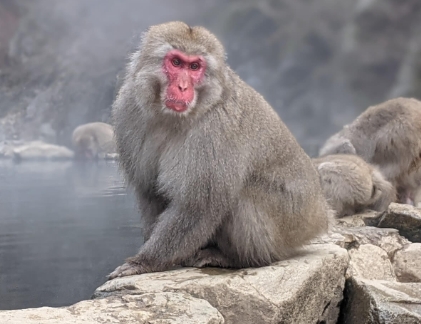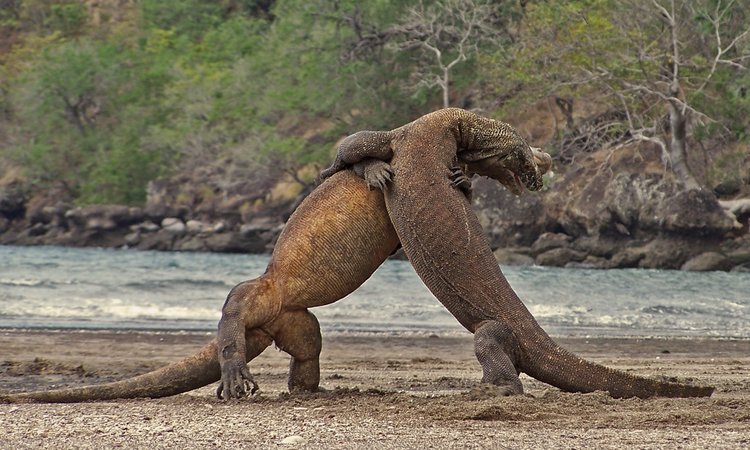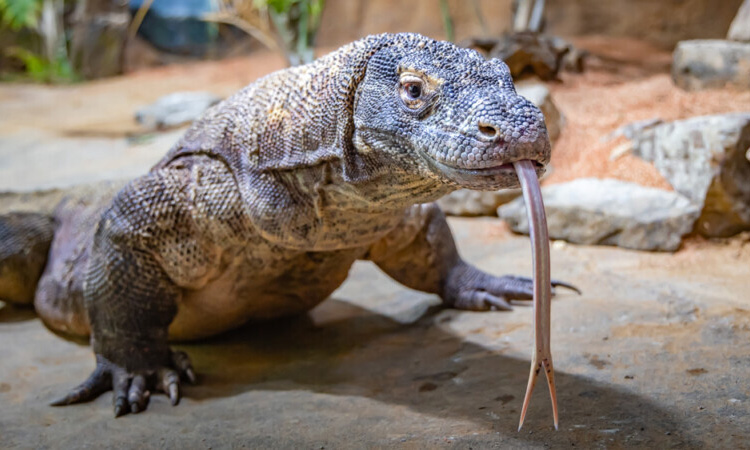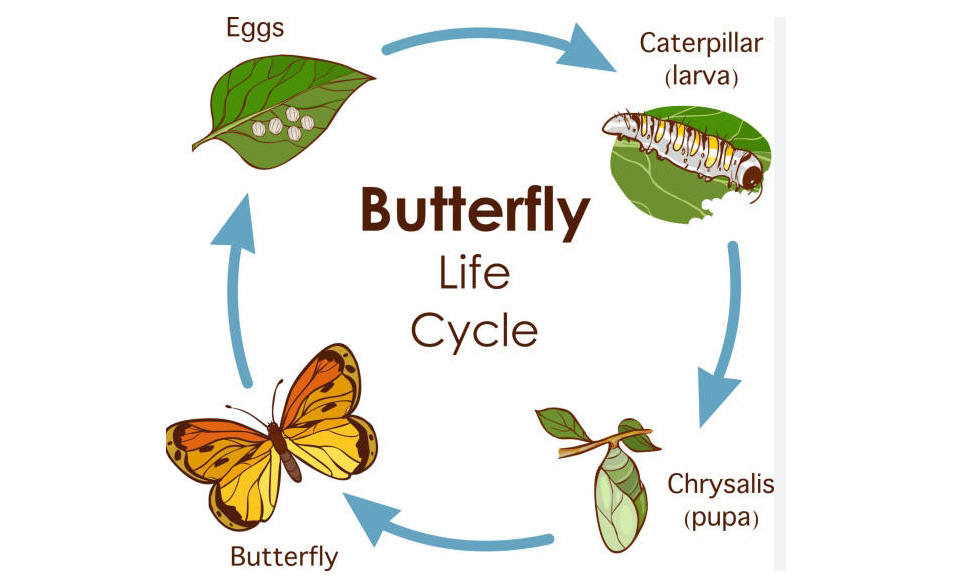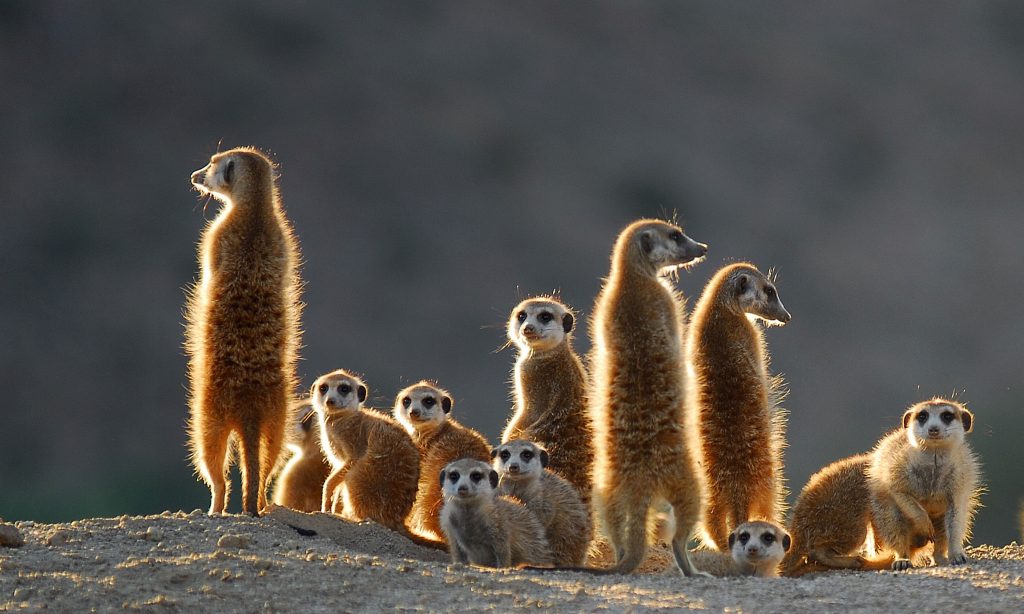The snow macaque, also known as the Japanese macaque, is a fascinating primate species native to Japan. These monkeys are known for their thick fur coats and their ability to survive in extreme cold temperatures. Here are some interesting facts about this unique primate:
Habitat and Range:
The snow macaque is primarily found in the snowy regions of Japan, such as the Japanese Alps and the northernmost islands of Hokkaido. They have also been known to inhabit areas with hot springs, which they use to warm themselves during the winter months.
Behavior:
Snow macaques are highly social animals, living in groups known as troops. They are known for their complex social hierarchies, with dominant individuals having priority access to food and mating opportunities. These monkeys are also known for their intelligence, using tools such as rocks and sticks to forage for food.
Diet:
Snow macaques are omnivores, feeding on a variety of plant materials, insects, and small animals. They have been observed washing their food in water before eating it, a behavior that has fascinated researchers for years. This behavior is thought to be a form of social bonding within the group.
Reproduction:
Female snow macaques reach sexual maturity at around 4-5 years of age, while males reach maturity at around 6-7 years. Breeding typically occurs during the fall and winter months, with females giving birth to a single offspring after a gestation period of around six months. The young monkeys are cared for by their mothers and other members of the troop.
Conservation:
While the snow macaque is not currently considered endangered, habitat loss and human interference pose threats to their populations. Conservation efforts are underway to protect these unique primates and their natural habitats.
In conclusion, the snow macaque is a fascinating primate species that is well adapted to the cold climates of Japan. Its social behavior, unique diet, and clever foraging techniques make it a truly remarkable animal to study and observe in the wild. By learning more about these monkeys, we can better understand the importance of conserving their habitats and protecting their populations for future generations.
